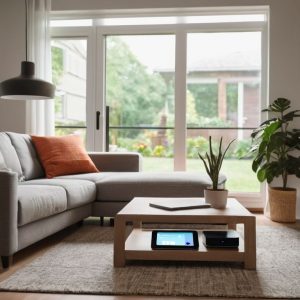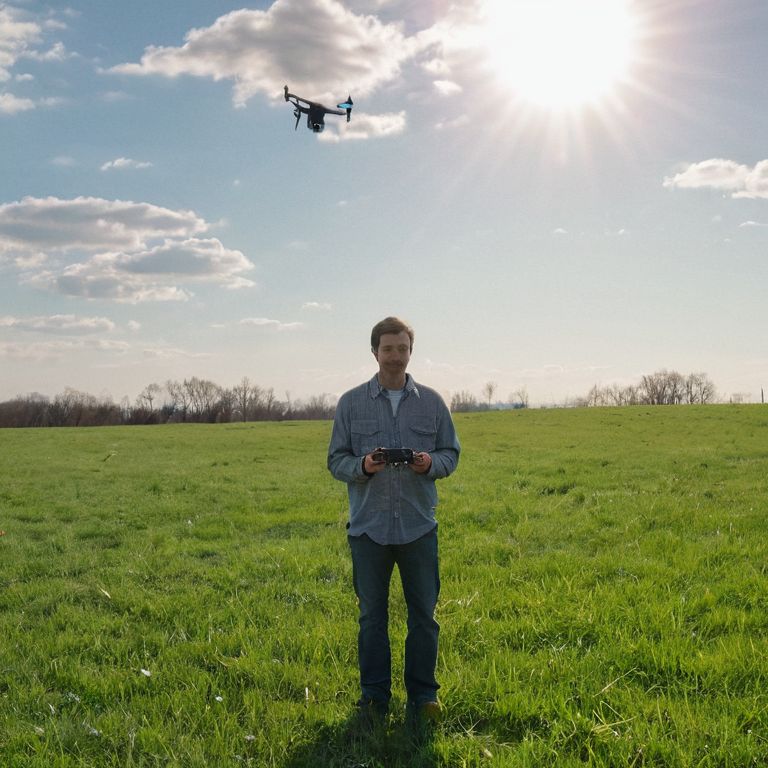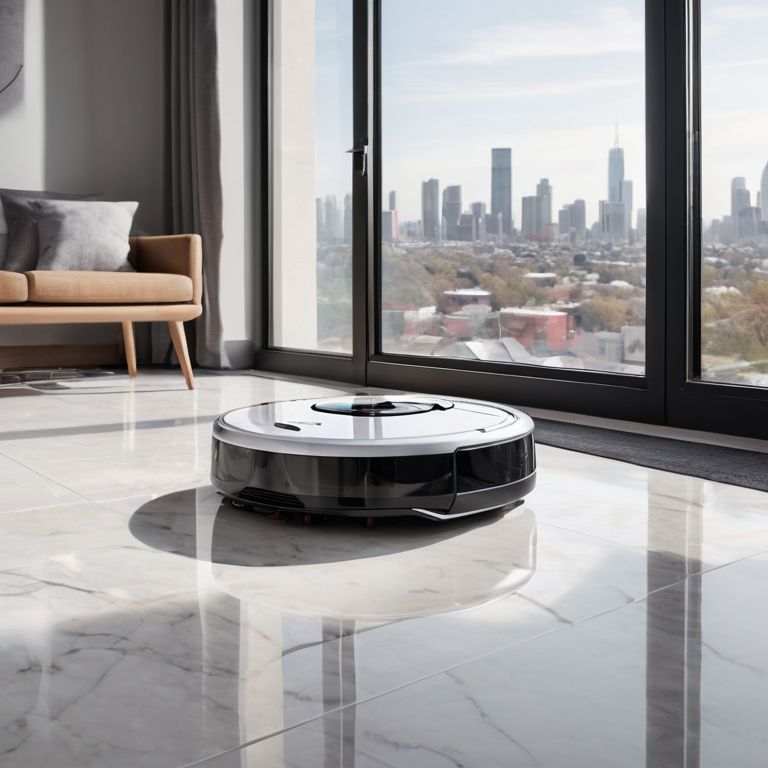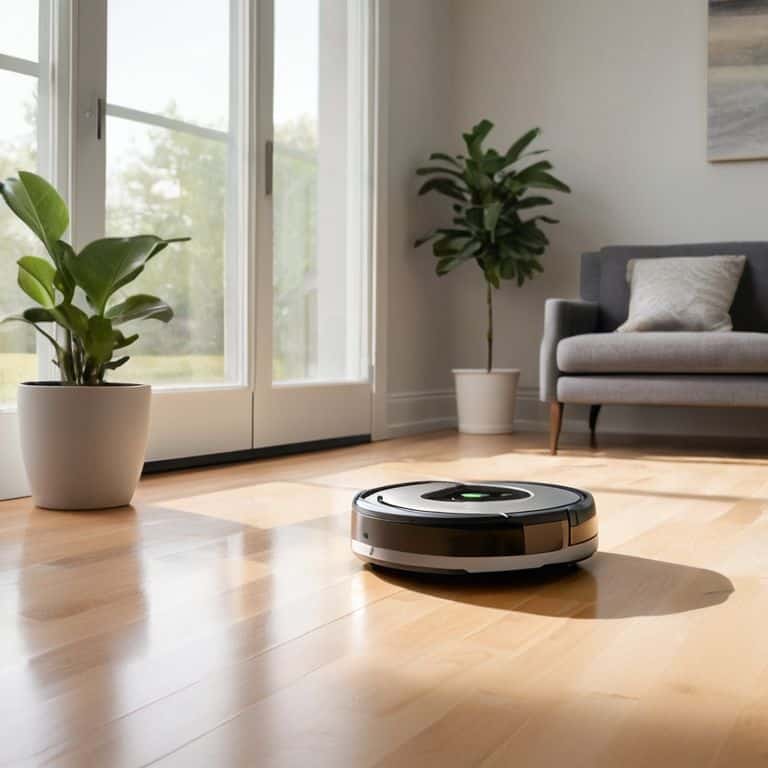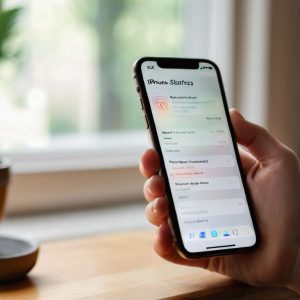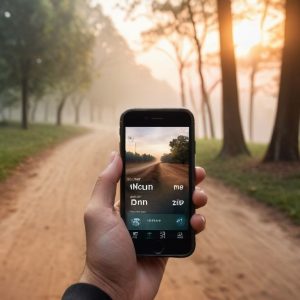I still remember my first time flying a drone – it was a mix of excitement and terror, wondering if I’d end up crashing it into a tree. But with the right guidance, you can avoid those rookie mistakes and learn how to fly a drone for the first time like a pro. The truth is, most of us start with a simple desire to capture stunning aerial footage or just have fun flying, but we’re often held back by the fear of not knowing where to begin.
In this article, I’ll share my personal experience and practical tips on getting started with drone flying. You’ll learn how to choose the right drone for your needs, understand the basic controls, and most importantly, how to stay safe while flying. I’ll cut through the jargon and give you honest advice on what to expect when you’re learning to fly a drone for the first time, so you can enjoy this amazing hobby without the frustration and guesswork.
Table of Contents
Guide Overview: What You'll Need
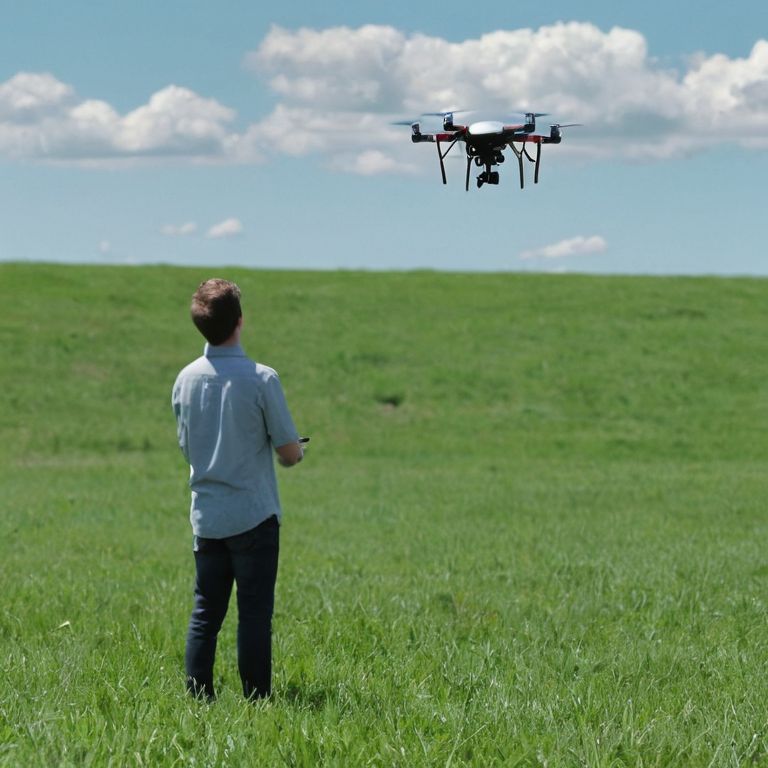
Total Time: 1 hour 30 minutes
Estimated Cost: $100 – $300
Difficulty Level: Intermediate
Tools Required
- Drone Controller (included with drone purchase)
- Smartphone or Tablet (for drone app)
- Propeller Guards (recommended for beginners)
- Screwdriver (for drone assembly)
- Measuring Tape (6 feet long)
Supplies & Materials
- Drone (with battery and charger)
- Extra Propellers (in case of damage)
- Drone Landing Pad (optional, 3 feet in diameter)
- Safety Goggles (recommended for eye protection)
Step-by-Step Instructions
- 1. First, let’s get started with the pre-flight checklist. Before you even think about taking your drone out of its box, make sure you’ve got a safe and open space to fly it. I’m talking about a large, empty field or a park with minimal obstacles. Safety first is my motto, and it should be yours too when it comes to drone flying.
- 2. Next, you’ll need to assemble and calibrate your drone according to the manufacturer’s instructions. This usually involves attaching the propellers, charging the battery, and syncing the remote control. Don’t worry if this seems overwhelming at first; it’s easier than it sounds, and you’ll get the hang of it in no time. Just remember to read the manual carefully and follow each step precisely.
- 3. Now that your drone is ready to go, it’s time to choose your flight mode. Most drones come with different modes, such as beginner, sport, or GPS mode. For your first flight, I recommend starting with the beginner mode, which usually has built-in safety features like altitude limits and geofencing. This will help you get a feel for the controls without worrying about crashing or losing your drone.
- 4. With your drone in beginner mode, it’s time to take off. Slowly increase the throttle until the drone lifts off the ground, and then adjust the pitch and roll to stabilize it. Remember to keep a steady hand and make smooth, gradual movements with the controls. Practice makes perfect, so don’t be discouraged if it takes a few tries to get the hang of it.
- 5. Once you’ve got your drone airborne, it’s time to get a feel for the controls. Practice flying in different directions, adjusting the throttle, pitch, and roll to see how the drone responds. Start with small movements and gradually increase your range as you become more comfortable. Just remember to keep your drone in sight at all times and be aware of your surroundings.
- 6. As you gain more confidence in your flying skills, you can start to experiment with more advanced maneuvers. Try flying in a circle, or adjusting the drone’s altitude to get a better view of your surroundings. Just be careful not to push your luck – it’s better to err on the side of caution and gradually build up your skills over time.
- 7. Finally, when you’re ready to land your drone, slowly decrease the throttle and bring it down to a safe altitude. Then, use the controls to guide it gently back to the ground, making sure to avoid any obstacles or hazards. Remember to keep a safe distance from the drone as it lands, and be prepared to make any last-minute adjustments to avoid a crash.
Flying High for First Timers
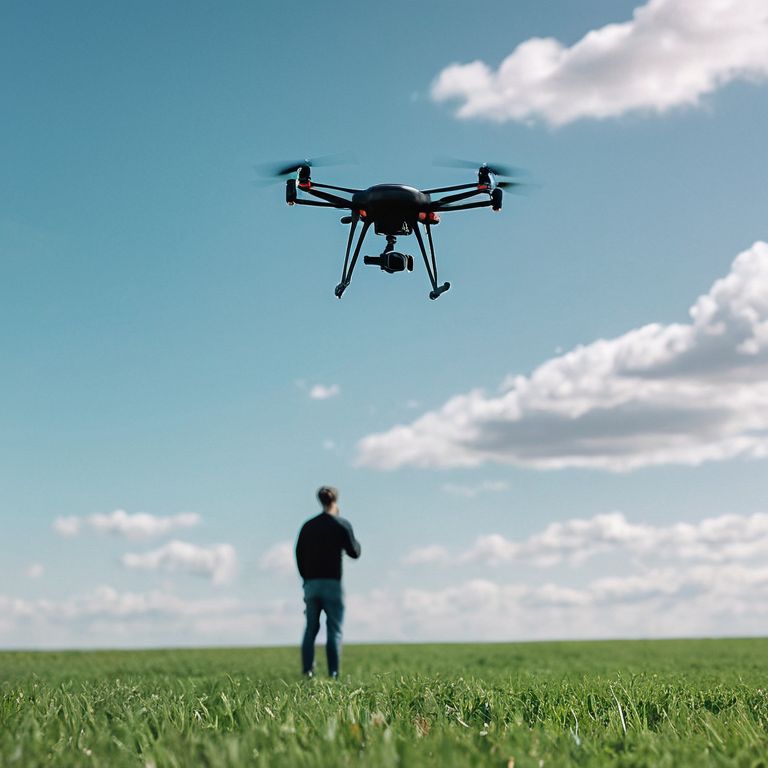
As I reflect on my own journey with drone flying, I realize that mastering drone controls is crucial for a smooth experience. Understanding the different modes, such as GPS mode or sport mode, can make a significant difference in your flight. For instance, GPS mode is perfect for beginners as it provides stability and helps maintain the drone’s position. On the other hand, sport mode gives you more flexibility and speed, but requires more skill and practice.
When it comes to safety precautions, it’s essential to be aware of your surroundings and keep an eye out for obstacles like trees, power lines, or other aircraft. Choosing the right drone for a beginner is also vital, as some drones are designed with beginner-friendly features such as automatic landing and takeoff. I’ve found that drones with these features can help build confidence and reduce the risk of accidents.
To improve your skills, try drone flying practice exercises like hovering, figure-eights, or simple maneuvers. These exercises will help you get comfortable with the controls and develop your reflexes. Remember to always follow common sense safety guidelines, such as keeping the drone in sight and avoiding flying over people or animals. With practice and patience, you’ll be flying like a pro in no time, and enjoying the thrill of drone flying will become your new favorite hobby.
Choosing the Right Drone
When it comes to choosing the right drone, I always say it’s about finding the perfect balance between features and ease of use. For first-timers, I recommend opting for a drone with a sturdy build and beginner-friendly controls. Look for one with altitude hold and GPS – it makes a world of difference in keeping your drone stable and easy to maneuver. I personally started with a mid-range drone, and it was the best decision I ever made. It had all the features I needed to learn and improve without breaking the bank.
In my experience, drones from brands like DJI and Holy Stone offer great value for beginners. They usually come with comprehensive manuals and online resources to help you get started. Don’t be afraid to read reviews and watch videos of the drone in action before making a purchase. It’ll give you a good idea of what to expect and help you make an informed decision. Remember, the goal is to have fun and learn as you go, so don’t stress too much about choosing the “perfect” drone – just get one that feels right, and you’ll be flying high in no time!
Drone Basics for Beginners
When I first started flying drones, I was amazed at how much I didn’t know. Understanding the basics is crucial – it’s not just about tossing your drone in the air and hoping for the best. You need to know what all those buttons and sticks do. For instance, the throttle stick controls your drone’s altitude, while the yaw stick helps with rotation. It’s also essential to understand the different flight modes, such as GPS mode, which helps with stability, and sport mode, which gives you more speed and agility.
I remember spending hours just getting familiar with my drone’s controls and settings. It’s worth taking the time to read through your user manual and watching some tutorial videos. Trust me, it’ll make a huge difference in your flying experience. Plus, it’s always a good idea to start in an open area, away from trees and buildings, to get a feel for how your drone handles.
Taking Off with Confidence: 5 Essential Tips for First-Time Drone Flyers
- Start in an open area, away from trees, power lines, and other obstacles to minimize potential hazards
- Familiarize yourself with the drone’s controls and settings before taking to the skies to ensure a smooth flight
- Begin with short flights and gradually increase your flight time as you become more comfortable with the drone’s handling
- Respect airspace regulations and keep your drone in sight at all times to avoid losing control or violating aviation rules
- Practice, practice, practice – the more you fly, the better you’ll understand your drone’s capabilities and limitations, leading to a more enjoyable and safe flying experience
Key Takeaways for a Smooth First Flight
Always start with a beginner-friendly drone that fits your budget and has a good balance of features and ease of use
Understand and practice basic drone maneuvers such as hovering, turning, and landing before moving on to more complex moves
Remember, safety first: choose open areas for your flights, keep your drone in sight, and be mindful of local regulations and no-fly zones
Taking the Leap
The moment you lift off for the first time is just the beginning – it’s the daily adventures, the exploration, and the thrill of capturing life from new heights that truly make flying a drone an unforgettable experience.
Sam Miller
Taking Flight: A New World of Possibilities
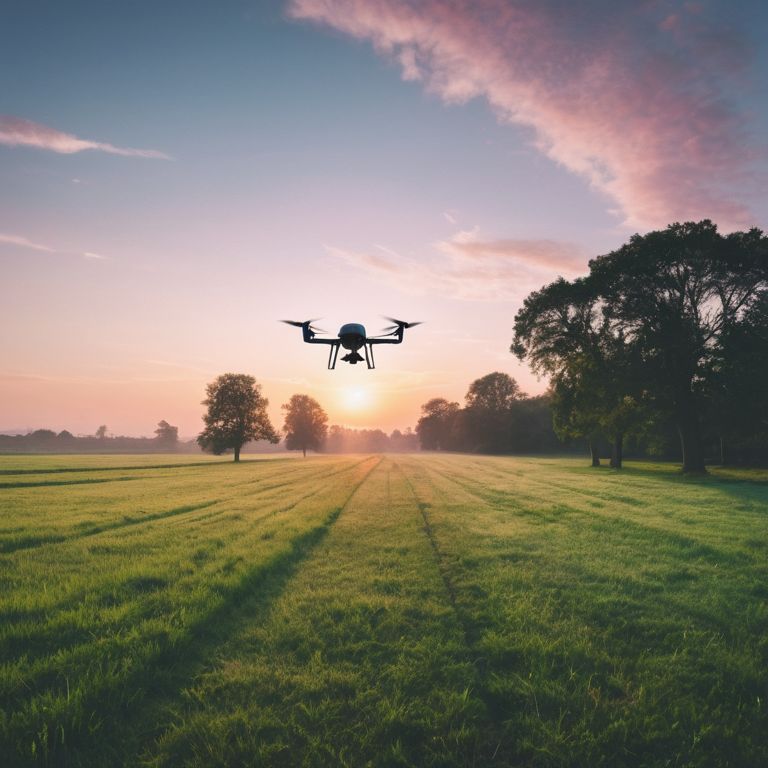
As you’ve made it through this guide on how to fly a drone for the first time, remember that the key to mastering the skies is practice and patience. We’ve covered the basics of drone flight, from understanding your drone’s components to choosing the right model for your needs. Additionally, we dived into the essential steps for a safe and enjoyable first flight, including pre-flight checks and understanding your surroundings. By following these steps and continuing to learn, you’ll be well on your way to becoming a skilled drone pilot.
Now that you’re ready to take to the skies, remember that drone flying is not just about the technology – it’s about the freedom to explore and capture moments from unique perspectives. As you gain more experience, don’t be afraid to push your limits and try new things, whether it’s aerial photography, racing, or simply enjoying the thrill of flight. The world of drone flying is vast and exciting, and with the right mindset and skills, the possibilities are endless.
Frequently Asked Questions
What are the most common mistakes to avoid when flying a drone for the first time?
When flying a drone for the first time, beware of common mistakes like overestimating your skills, ignoring weather conditions, and not calibrating your drone properly. Also, watch out for obstacles and keep an eye on battery life to avoid crashes. Trust me, I’ve been there – it’s all about being prepared and taking it slow!
How do I ensure I'm complying with all local drone flying regulations?
Before you take off, make sure to check your local drone laws – they can vary big time. I always use online resources like the FAA’s drone zone map or my local aviation authority’s website to ensure I’m flying safely and legally. It’s a quick check, but it saves a lot of hassle in the long run, trust me!
What safety precautions should I take to prevent damage to my drone or injury to others?
When flying, always keep a safe distance from people and obstacles, and never fly near airports or in bad weather. Also, make sure you’re aware of your drone’s weight and speed limits to avoid accidents. I learned this the hard way with my first drone, so trust me, it’s worth being cautious!


